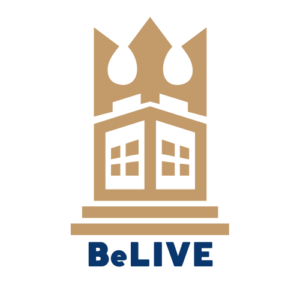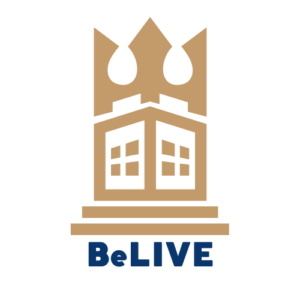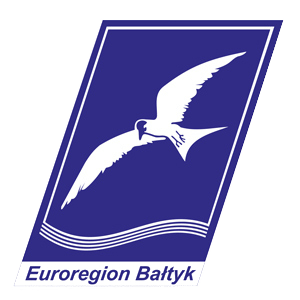
Baltic Living History Lessons - we share a passion, a common past and future
Baltic Living History Lessons - we share a passion, a common past and future
- Administration of Silute district municipality,
- Neringa Municipality Administration,
- Malbork City Hall,
- Association of municipalities "Polish Gothic Castles".
Project related events

Polish-Lithuanian activities of the BeLIVE project in Elblag and Malbork, 13-14.06.2023
We have completed the activities of the seed money project with partners from Lithuania and Poland, which took place on […]

Project BeLIVE - kick-off conference live, 25-27.05.2023, Silute - Lithuania
The Lithuanian partner from Silute was the first live meeting point of the BeLIVE project. The conference was hosted by […]

BeLIVE project - launch of the seed money project activities
On 14 April, the project BeLIVE - BALTIC LIVING HISTORY LESSONS was launched with an online conference. It is an […]
Baltic Living History Lessons - we share a passion, a common past and future
The main objective of the project is to develop cooperation to strengthen the potential of the Baltic Sea region through the use of the resources of historical institutions, cultural institutions and the protection of national heritage, both local, state and private assets, as well as local and regional entities of formal and informal groups of enthusiasts and NGOs. The project aims to make the resources (natural, historical, cultural) of the Baltic Sea region's heritage more attractive.
The project is also concerned with strengthening the cohesion of the macro-region with the use of cultural heritage aimed at the sustainable development of the regions through the implementation of instruments affecting the respect of tangible and intangible cultural assets and facilitating access to their cognition with the help of remote tools.
The project is a response to the need to learn about the world in a more accessible way in unpredictable times, when historical objects are available today and access to them may not be possible tomorrow. In the project, we want to use creative industries based on large-format scanners to digitize objects that will enable the long-term preservation of the heritage of collaborating regions and the creation of living history lessons. We envision extensive cooperation with creative industries, such as information technology, graphic design and advertising. Only the combination of traditional and creative industries can bring the expected results, such as:
- Creating an international space for cooperation and exchange of experiences to take care of the national assets of partner countries: a project platform and map of partner attractions.
- Protecting and bringing the history of the place to the Baltic Sea community through joint efforts to preserve common heritage contributing to sustainable tourism development: Introduction of attractions to the Google Art & Culture platform; Creative publications.
- Practical solutions to support the development and increase the attractiveness of the Baltic Region using modern tools for the preservation of national heritage: Digitization of historical objects.
- Building identity and a sense of belonging to the Baltic family through heritage-based products and tourist attractions of a similar nature: Living history lessons, games for different age groups consolidating knowledge about the learned objects of a given city/region.
The project is a partnership action addressing the problems of situations related to the existence of barriers (obstacles) that hinder the achievement of the intended objectives in increasing the number of visitors to the area of Warmia and Mazury and deeper Pomerania and partner regions. In terms of recognition, Pomerania is mainly known as the Tri-City metropolitan area with the region's capital of Gdansk standing out, followed by Sopot and Gdynia and the Hel and Vistula Spit, to the exclusion of other geopolitical micro-areas (Kashubian Lake District, Powiśle, Kociewie, part of the Tuchola Forest). In contrast, the Warmia-Mazury region is little known to a large proportion of foreign tourists. The region's potential is not fully exploited and made available to a wide audience, and hence the need to disseminate the national asset in a more accessible way.
We face the same situation when we talk about recognizing the national heritage of our neighbors, such as those from Lithuania, Sweden, Denmark and Germany. With this project, we want to popularize national goods, bring about the creation of a platform of contacts and tighten the bonds of cooperation. So that what was previously unattainable, because little known, becomes recognizable and close to the visitors of the regions cooperating in the project.
PROJECT BRIEF
Project area: Increasing the development of natural resources and cultural monuments of the Baltic Sea Region into sustainable tourist destinations
Project scope: Baltic Sear REgion
Role of STG ERB: Partner with own budget
Level of funding 85%
Project budget: 40.000 EUR
STG ERB budget: 11.663 EUR
Project consortium: 3 partners from Poland, 2 partners from Lithuania
